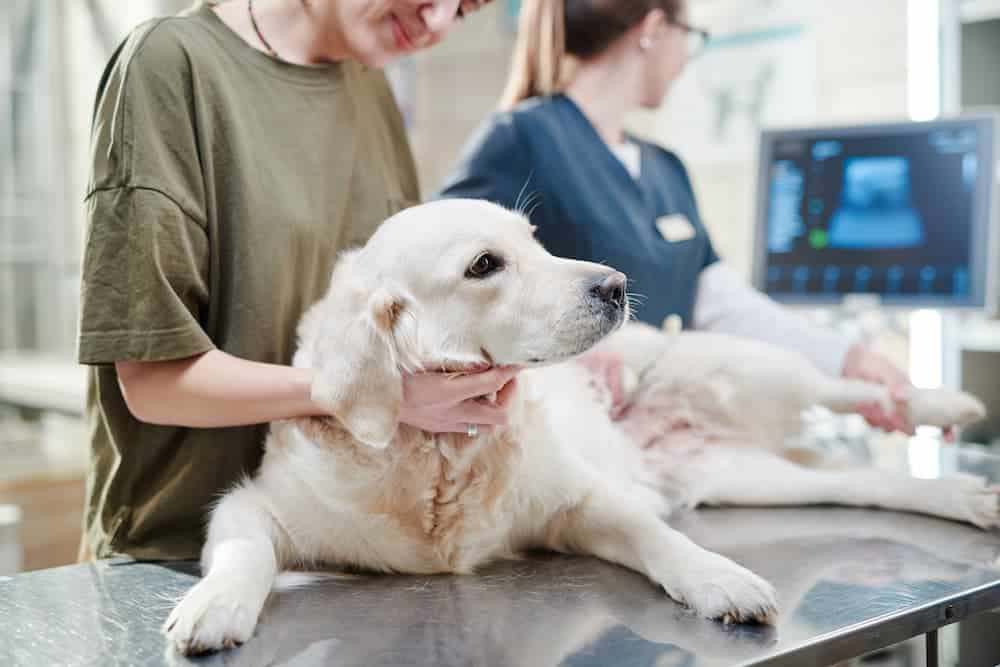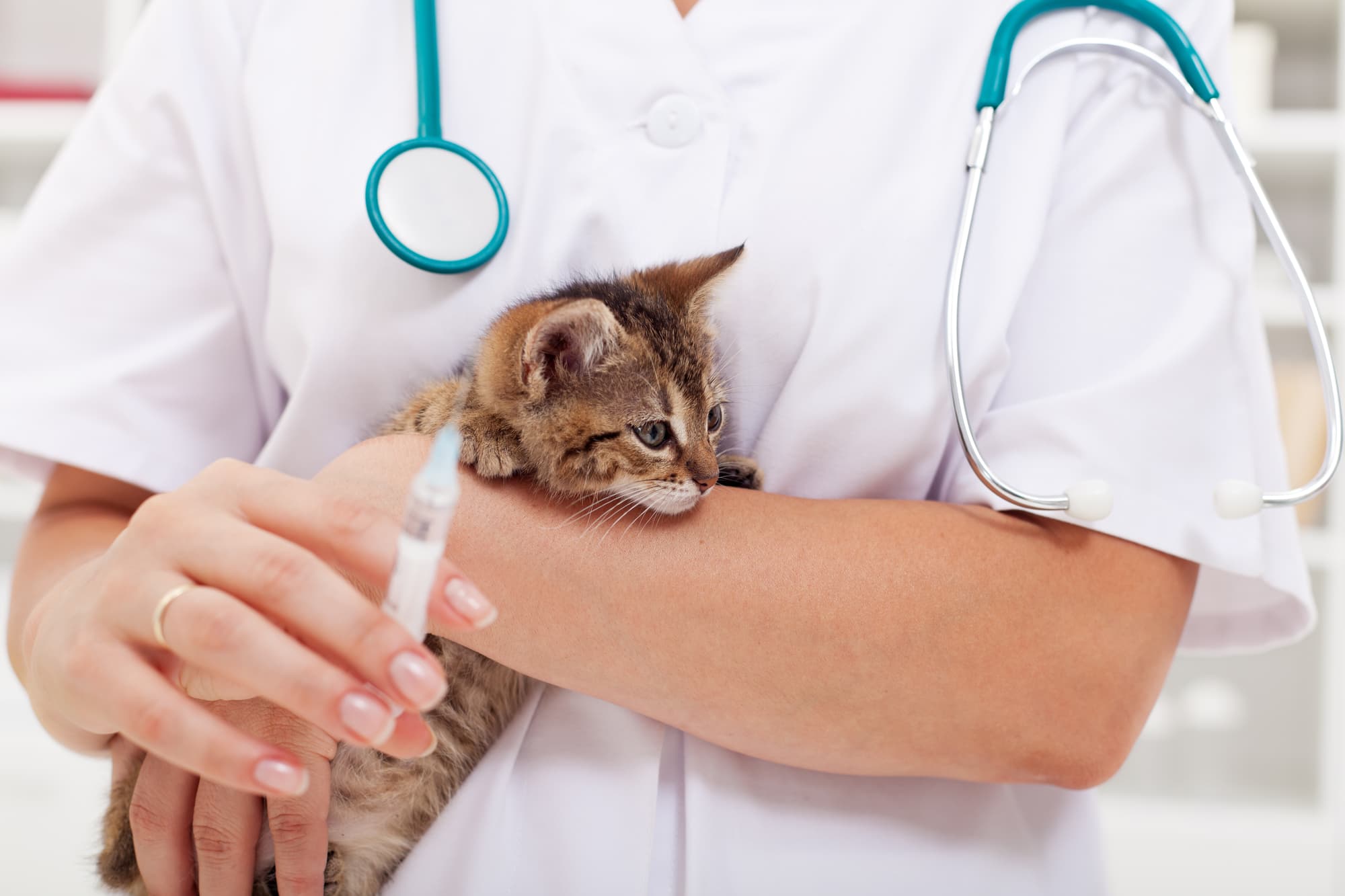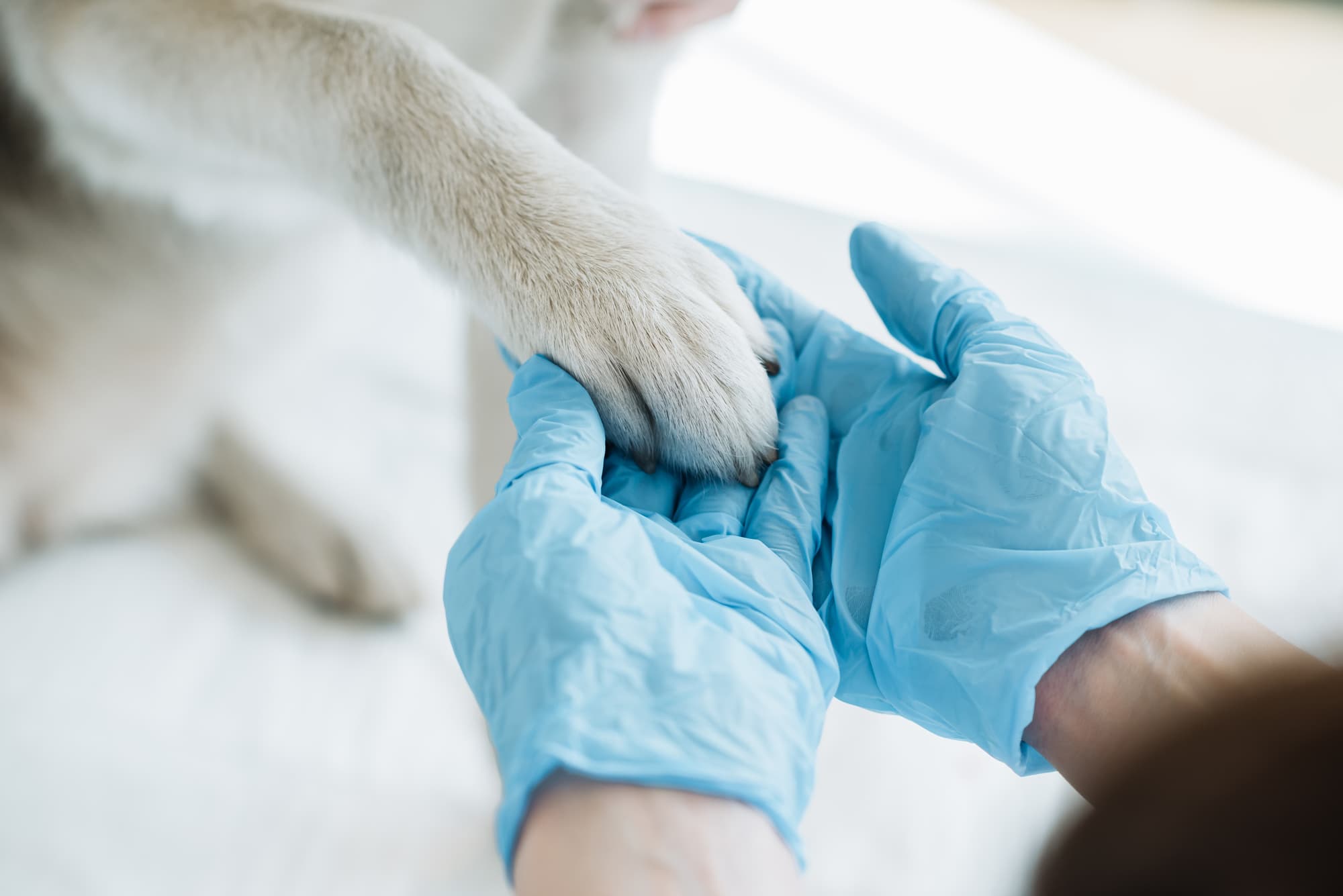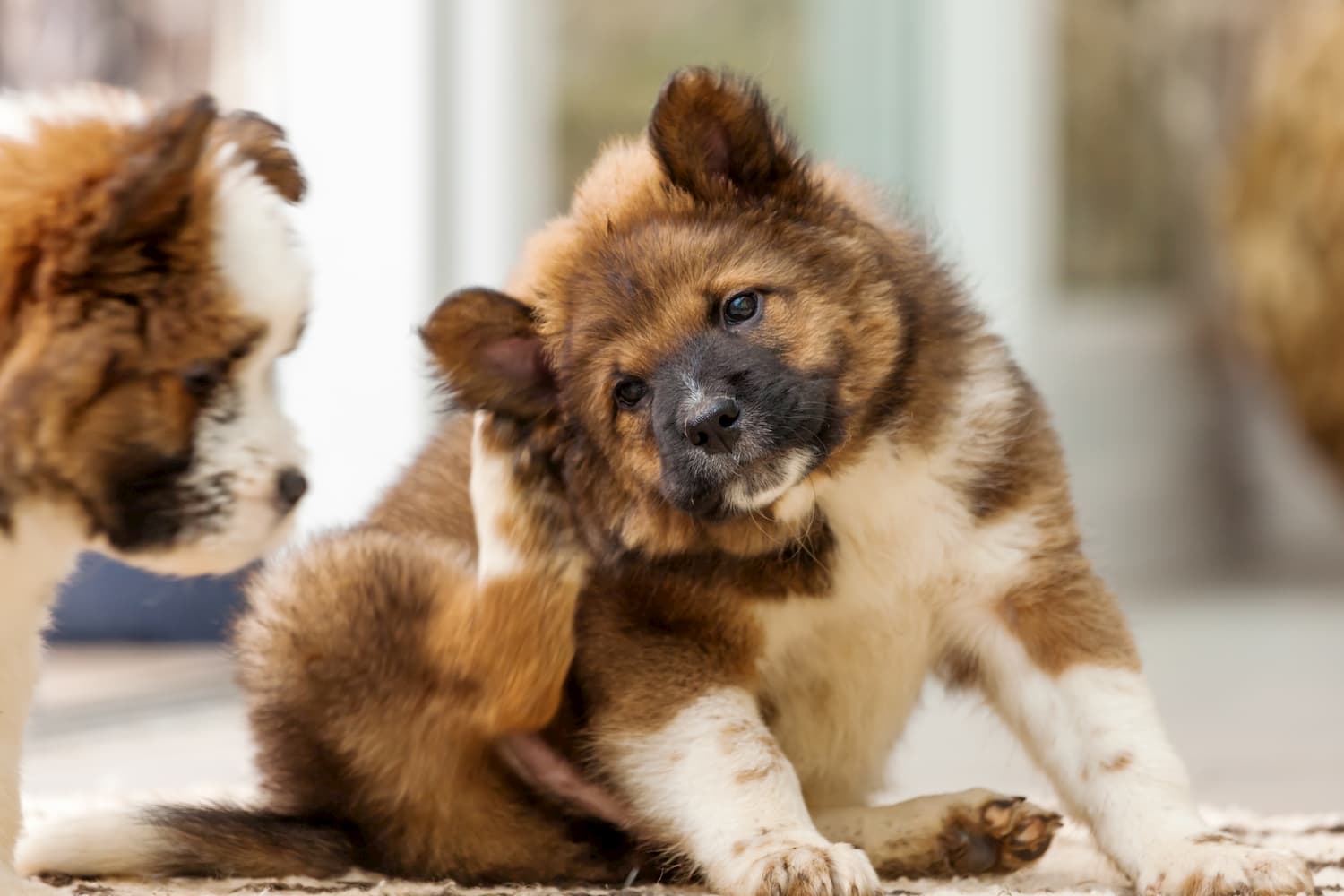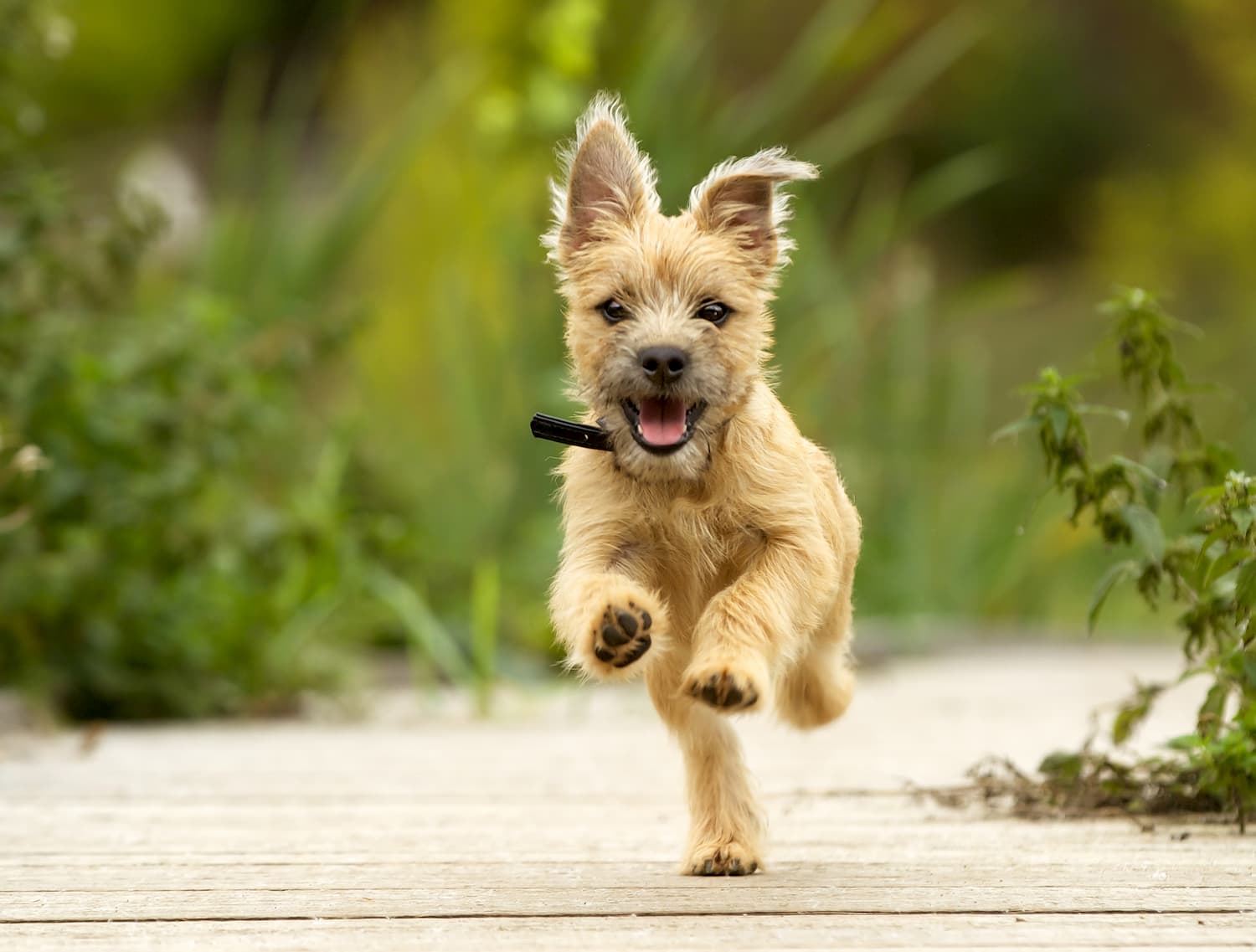Looking for tips and tricks for safe car travel with cats and dogs?
Everyone who has a pet will know how difficult it can be to take a spontaneous weekend away, or a trip down to the beach for the summer.
How will you keep your cat or dog secure in the car? Will they overheat? What if they decide that the middle of a two-hour car journey is the perfect time to go to the bathroom? There are many ways to ensure a safe, secure and calm car journey with your cat or dog. Simply follow our tips and tricks to learn!
Calming Your Anxious Cat or Dog
Cats and dogs can very easily become anxious in enclosed spaces, so it is especially important to ensure that they have their own space. There are several ways you can make sure your et doesn’t feel claustrophobic in the car.
For cats, it’s most important that you give them space and don’t overcrowd them. Let them emerge on their own terms when they are ready. Typical signs of an anxious cat include hiding, excessive scratching, persistent noise-making and urination at inappropriate times. If you’re worried, especially if something like urination is becoming problematic, maybe stop in a calm area for a few minutes and open to let them breathe.
Dogs are more likely to react to the behaviour of the humans around them. If you notice your dog is anxious on a car journey, simply talk to them in a soothing manner and show them that they are in a safe and calm environment.
We always recommend starting a car journey with a dog with the car turned off and stationary. Bring your dog into the car, preferably in the spot where they will spend the majority of the journey, and sit with them. During this time bring them treats, their favourite toys and lots and lots of praise. This way, they’ll start to associate the car with positive things. Slowly, begin to perform the same process but with the car turned on so that your dog will be well prepared to enjoy the car journey with minimal anxiety.
If anxiety or stress in your puppy are ongoing issues, you may also want to look into enrolling your pet in puppy school. In just four weeks your puppy will learn skills to help them live the best and most fulfilling life they possibly can.
Aligning Their Schedule
It’s not always possible, but we always recommend aligning your car journey with your pets usual schedule. If you usually take them for a walk and feed them at 8am, we would recommend getting on the road shortly after by 9am. This way, your dog will be full and happy, but also hopefully worn out from all their exercise. If you have time, taking them for an extra long walk is also a great idea, as they’re less likely to get restless or panicky in the car.
Alternatively, it is also important to remember that dogs are what we call diurnal creatures. This means that they’re usually active during the day and sleep at night, much like humans. Driving at night is also a great idea as your dog or cat will probably be in rest-mode the entire way anyway.
This can be taxing on the driver though, which is important to keep in mind for any long car journey. If you have another person in the car, switching driving shifts is a great option to prevent fatigue and ensure a safe journey. Whilst a night-time journey will likely mean your pet won’t cause you any stress, always prioritise staying alert and awake behind the wheel.
Making Sure They Stay In Their Seat
The best way to keep your pets secure is by providing them with a well-ventilated crate or carrier. There are a variety of these available on the market, but it’s important that you choose the right one for your pet. The type of crate you choose may depend on a variety of factors, including whether your pet is a cat or a dog and what breed it is. A fully grown Labrador, for example, will require a different size crate to a little kitten.
We recommend introducing your pet to their crate or carrier before a long car journey. This will mean they have time to become familiar with the environment and come to think of it as their own. As a result, you’ll avoid any anxiety your pet may feel around going in the car and being trapped in an unfamiliar environment, especially one as confined and restrictive as a crate.
Whether you’re moving house, going on a holiday or simply taking a day trip somewhere, you want to ensure your pet feels comfortable every step of the way! By following these tips your cat or dog is sure to have a relaxing and stress-free journey, as are you.
What if I think my pets needs anti-anxiety medication?
If you have tried all the tips above, and your cat or dog is still excessively anxious, then medication may be beneficial. Some dogs and cats just never get used to travelling in the car, and may actually vomit and drool from the anxiety. In this situation, book an appointment with your vet to discuss the different types of anti-anxiety medications available. It is also important that your pet has a health check during this appointment to ensure that anti-anxiety medications can be used safely. Modern anti-anxiety medications are generally safe—they do not sedate your pet, but rather act to calm them down and reduce anxiety. They can be used for short trips to the vet, or long road trips. Anti-anxiety medications may provide the relief that both you and your pet are looking for.
To learn more about our services simply go online to our website. Or:
- Book an appointment online
- Call us on (03) 9482 1913
- Come in and visit us at 339 High St, Northcote, 3070

